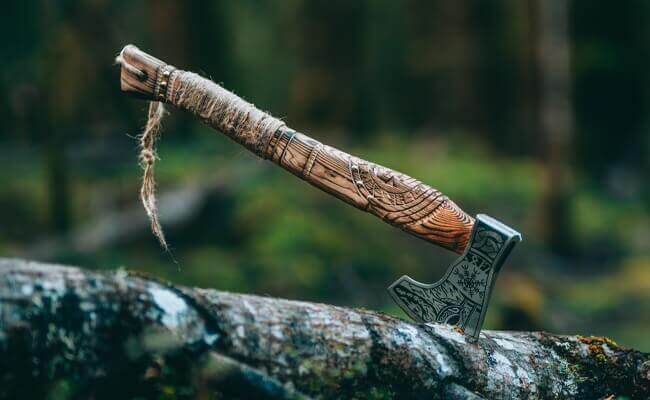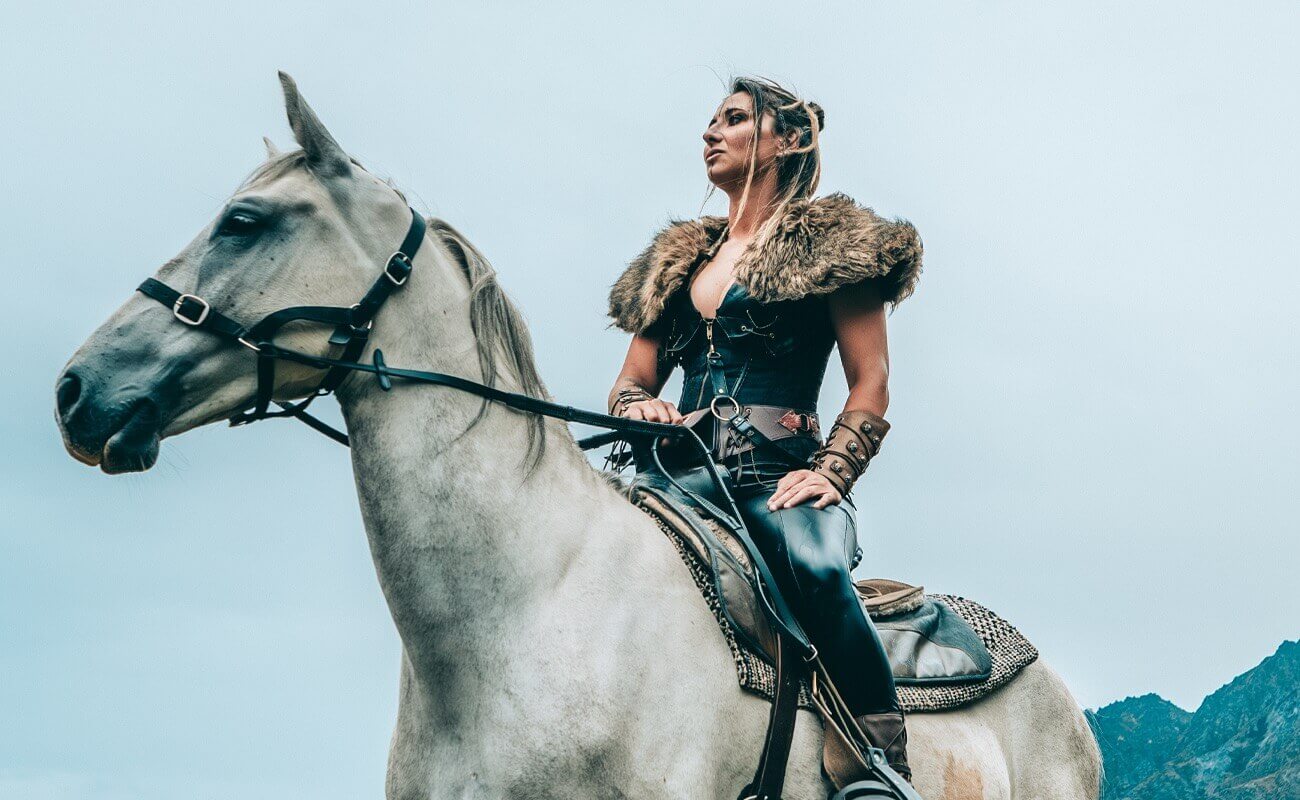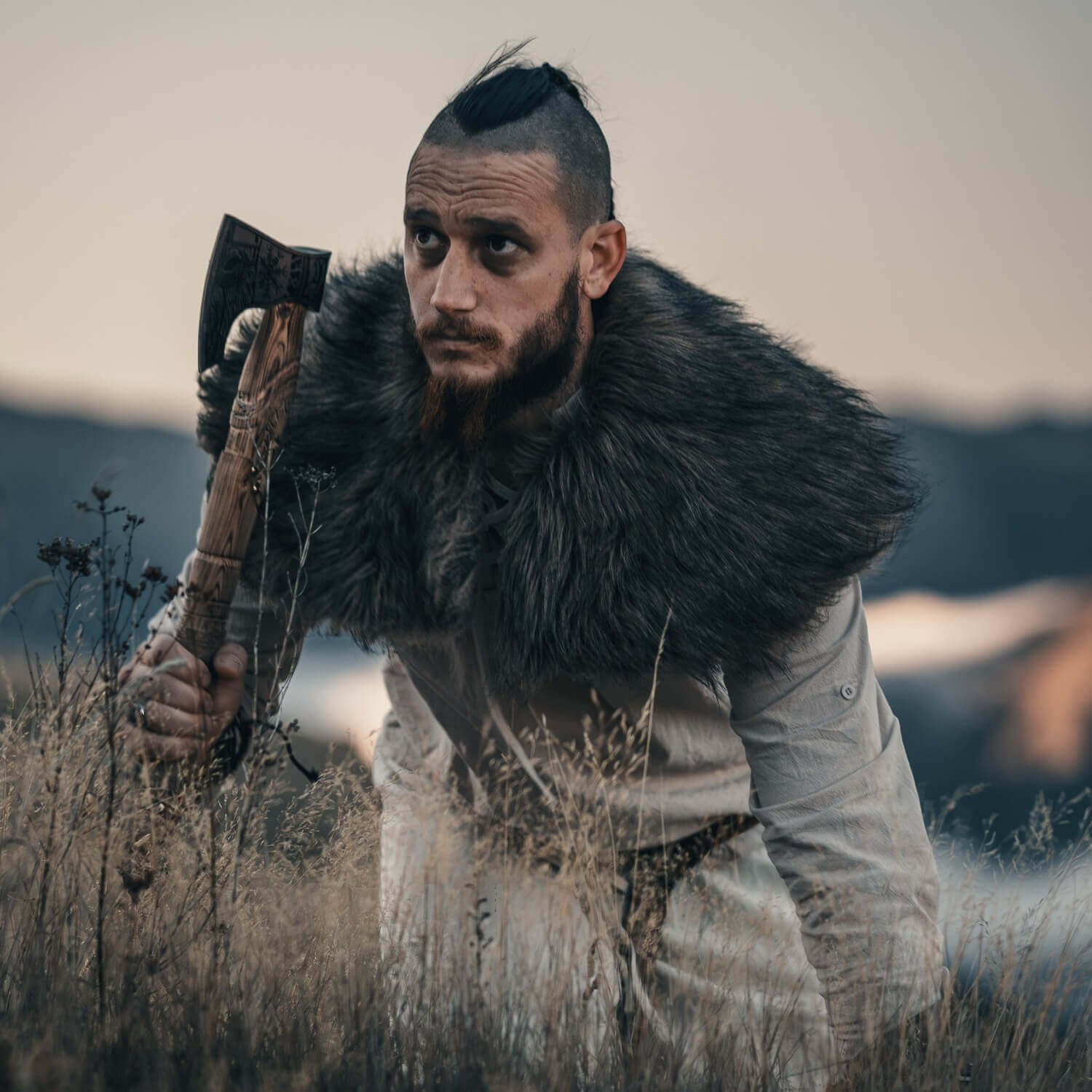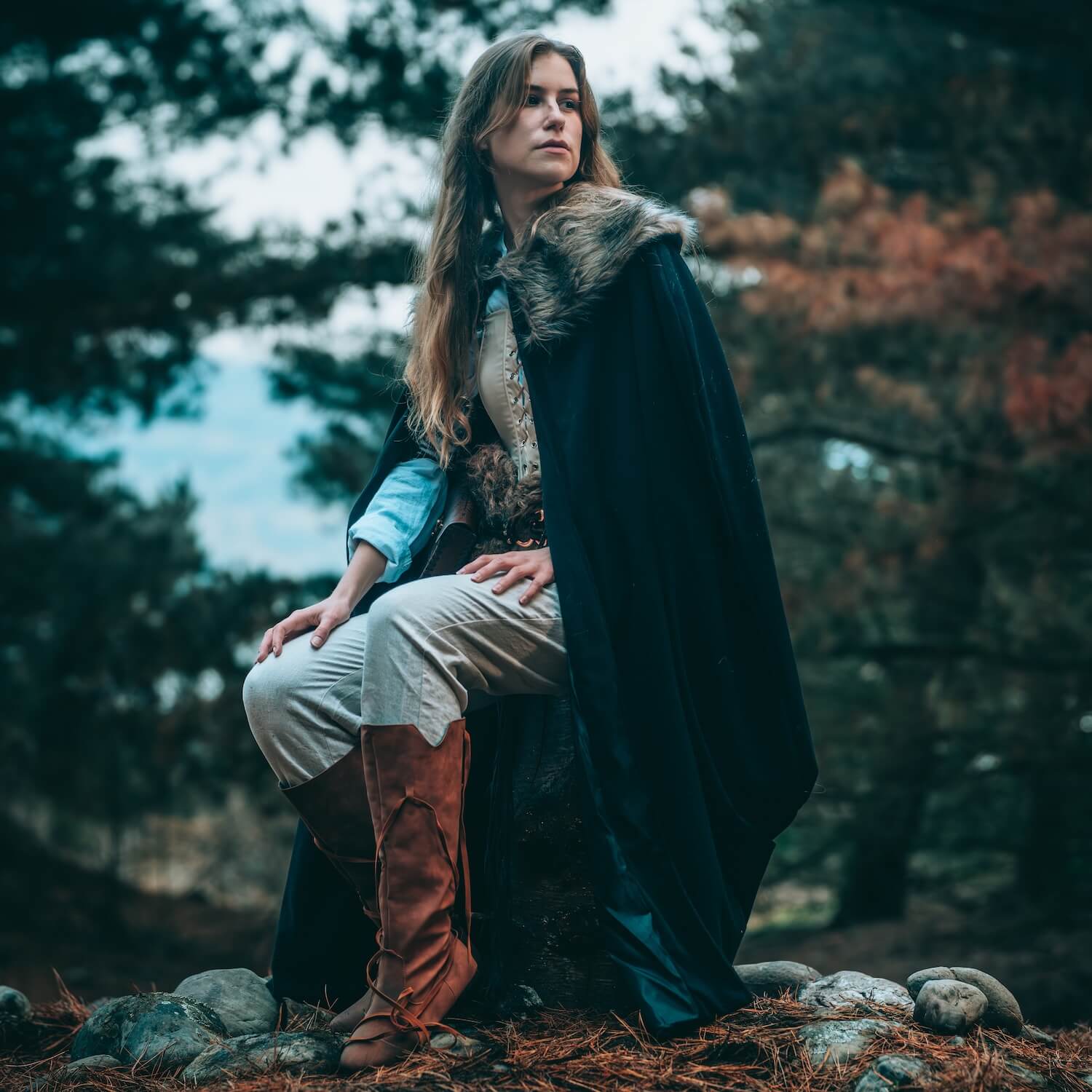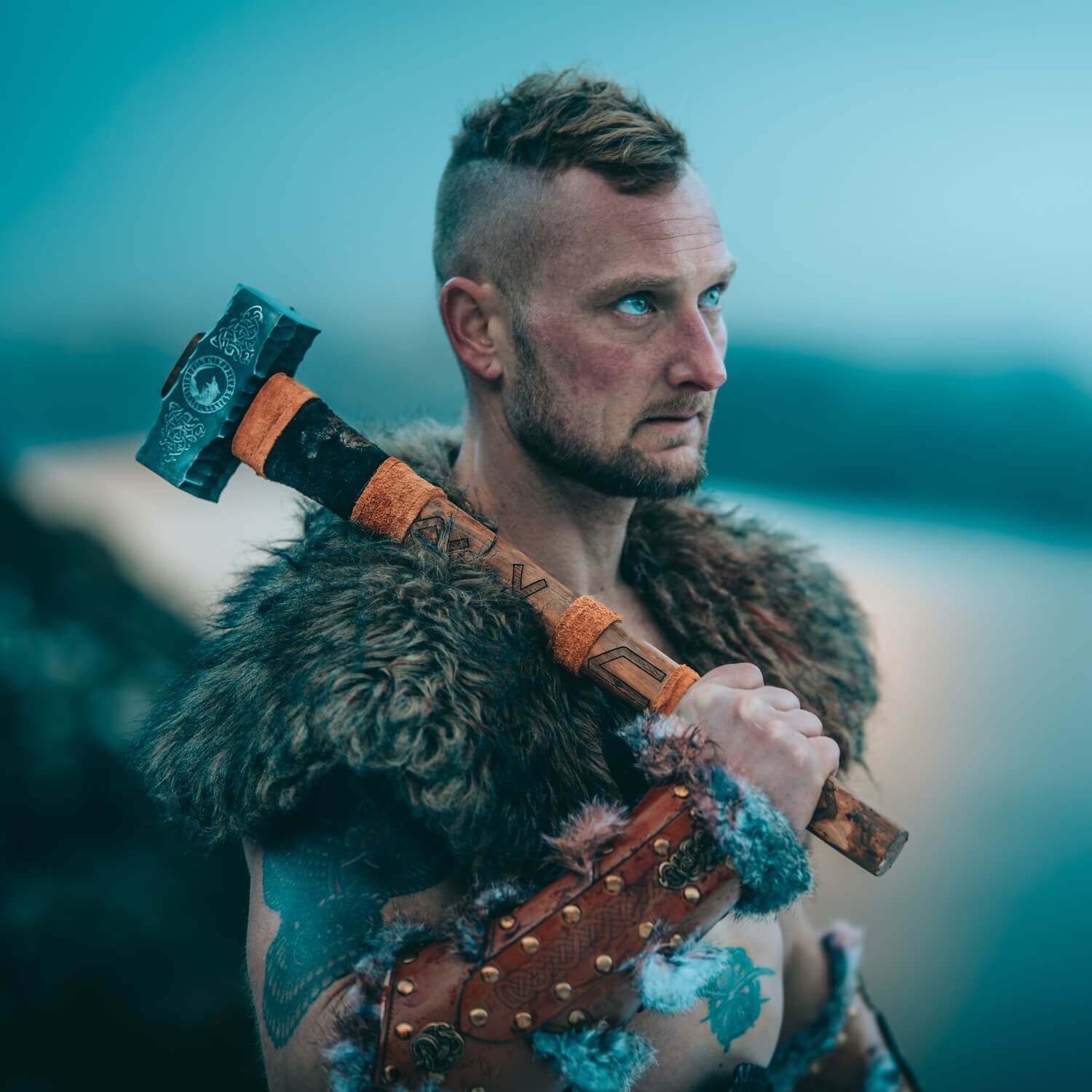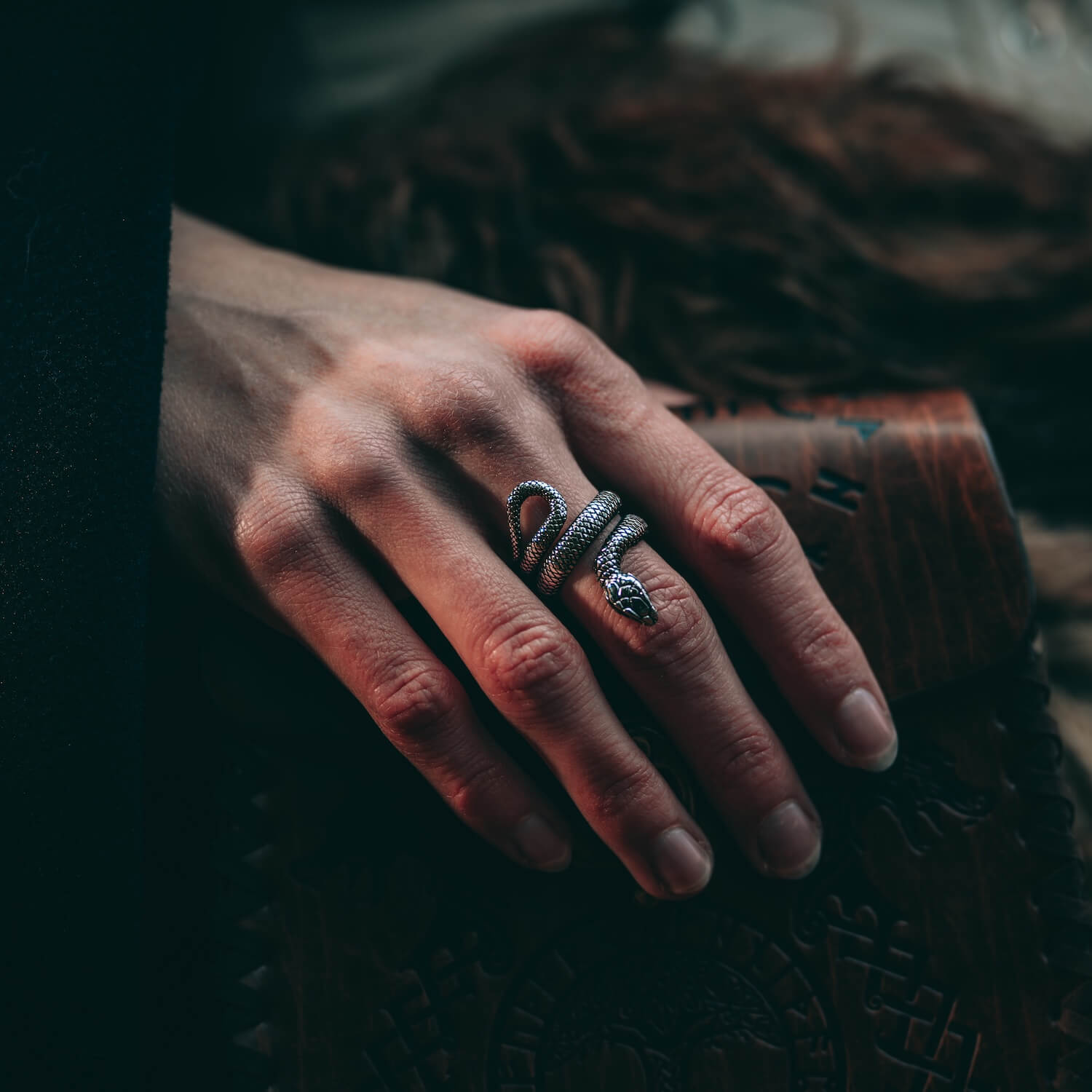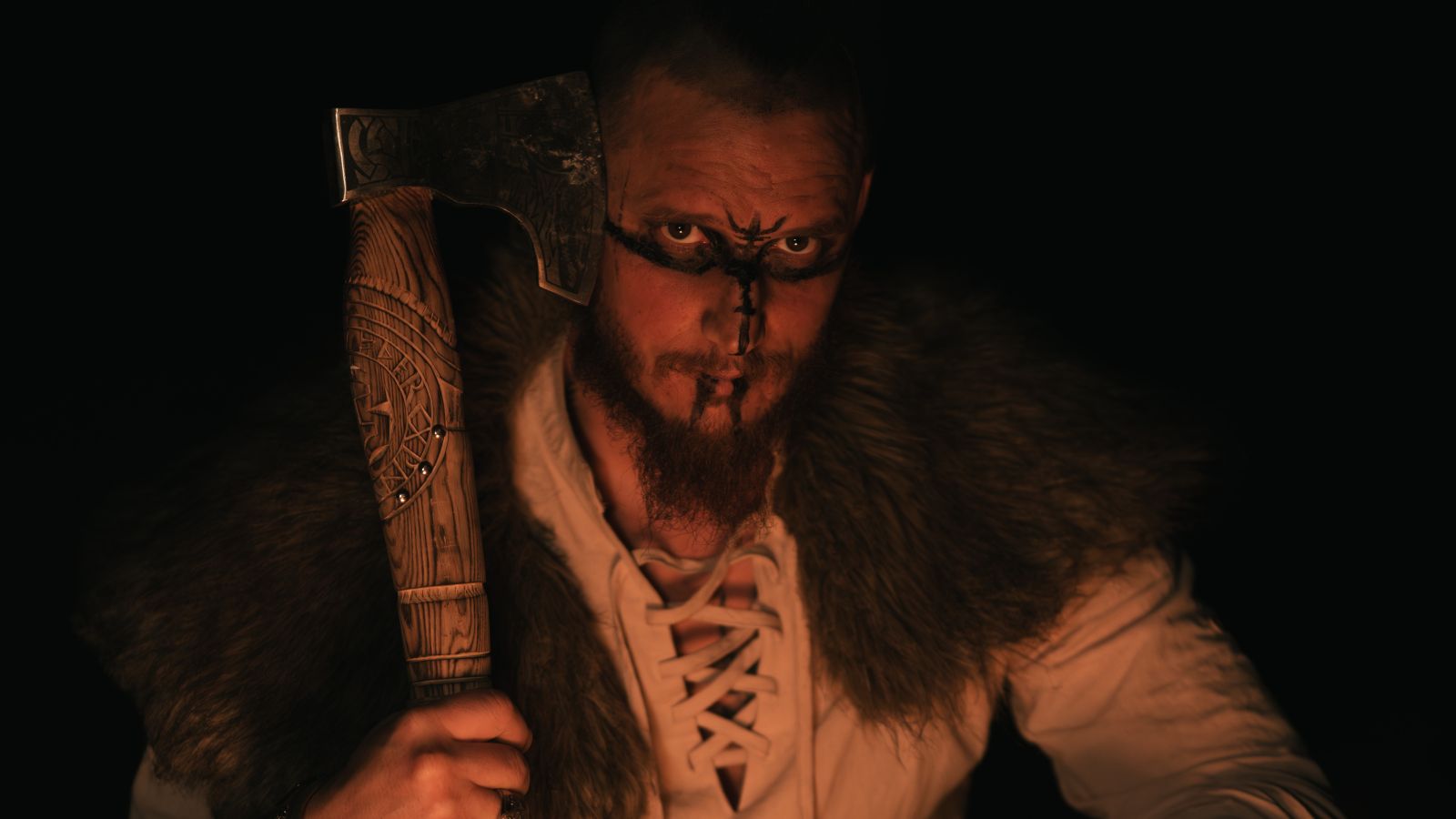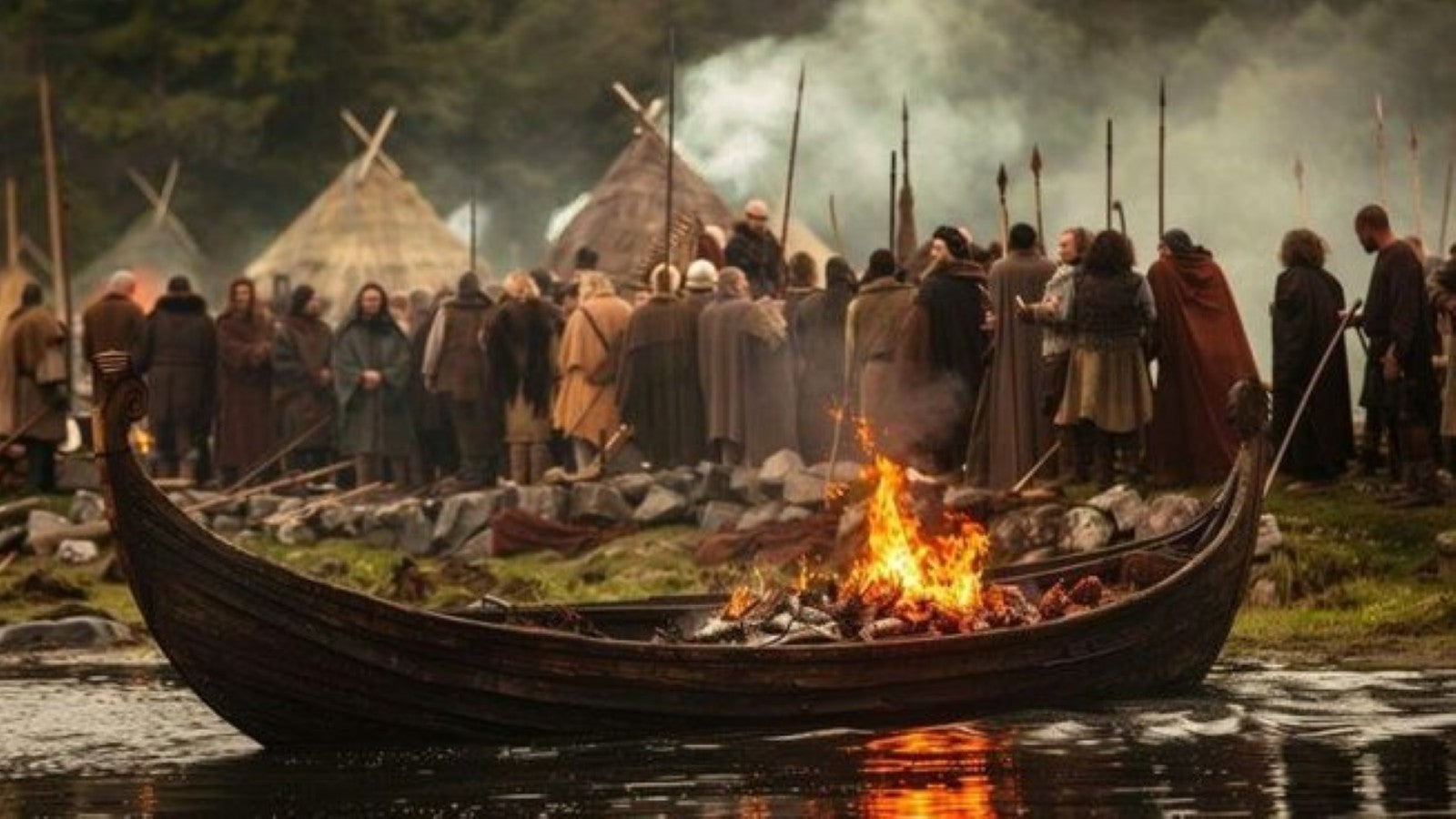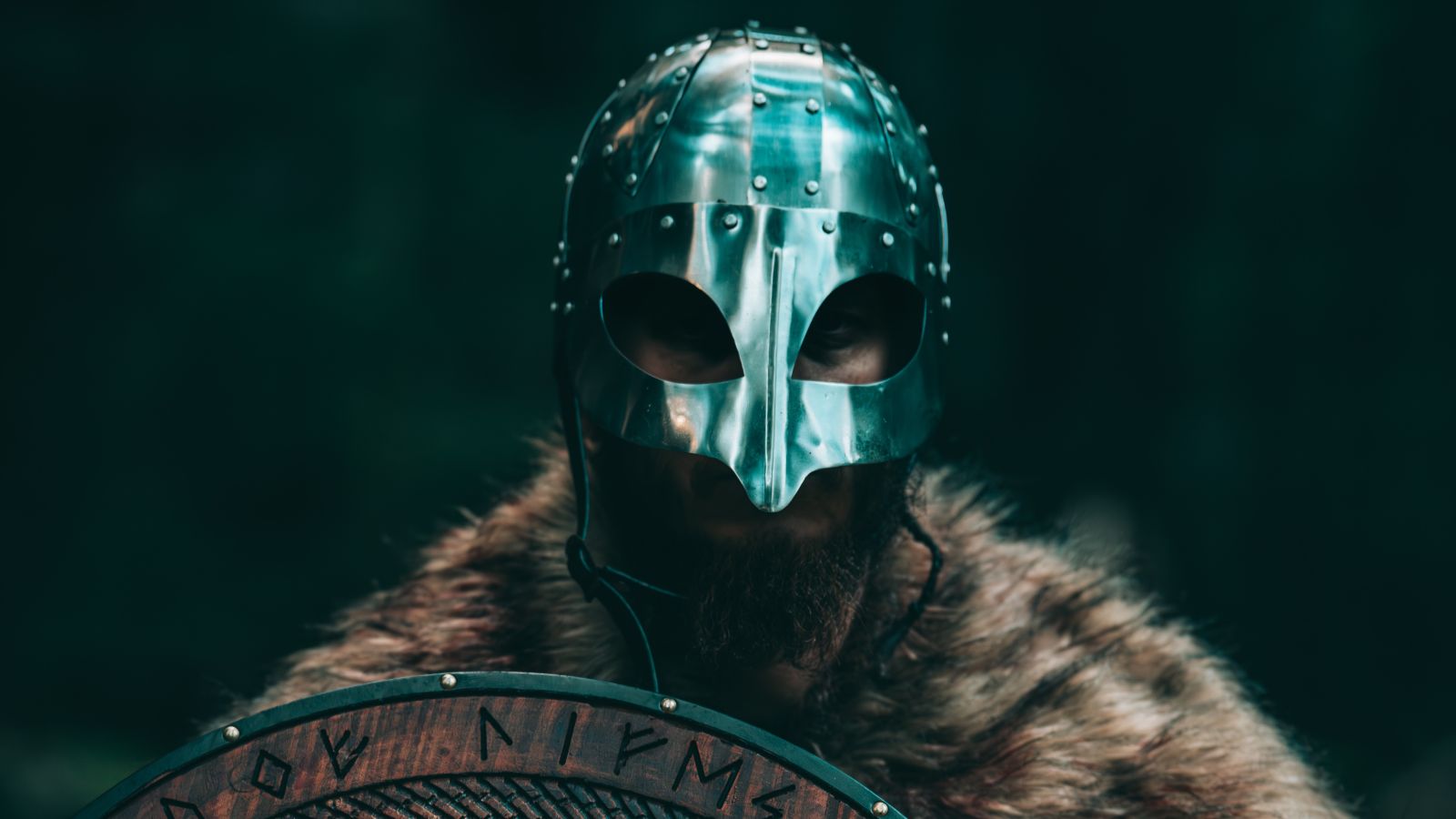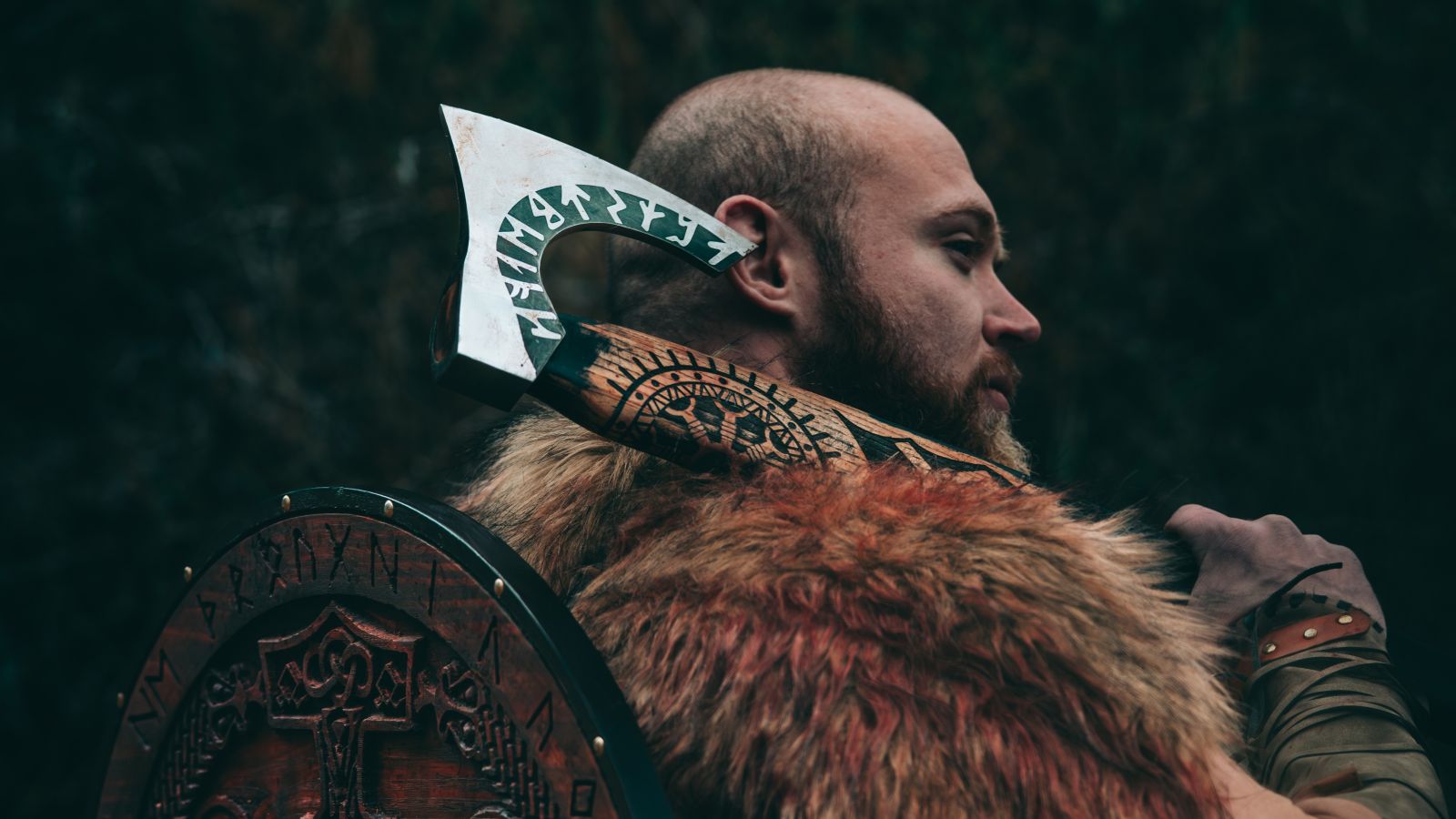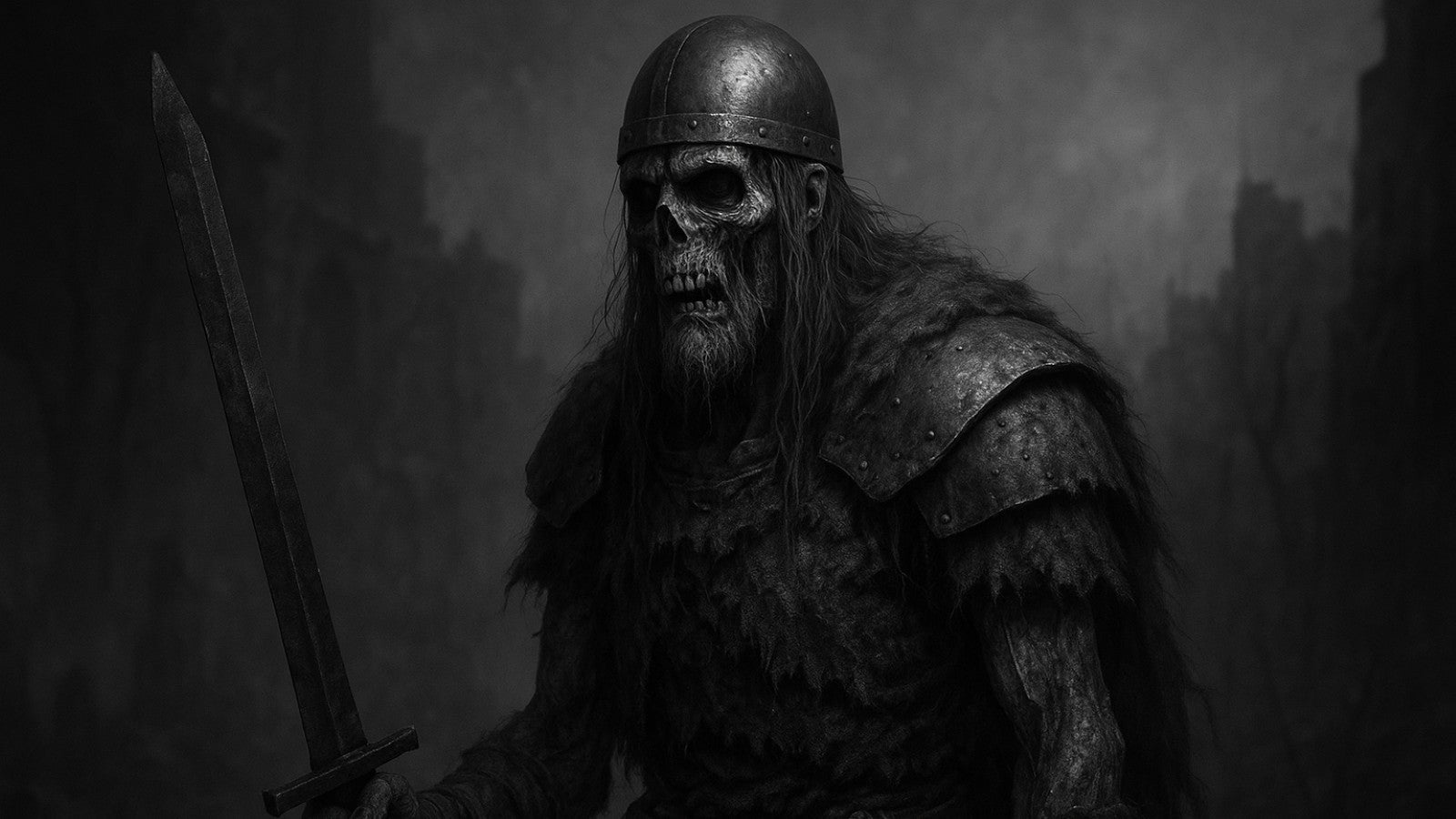
Draugr: The Norse Undead That Inspired Modern “Viking Zombies”
Centuries before pop culture imagined flesh-eating zombies, the Vikings told stories of something far older and more terrifying; the draugr.
In Norse culture, draugar (plural) were restless dead: warriors, kings, or seafarers who refused to stay buried. They rose from their mounds, not out of hunger for flesh, but out of greed, vengeance, or sheer malice.
Unlike modern zombies, the draugr wasn’t mindless. It was intelligent, vengeful, and supernaturally strong, a being that blurred the line between the physical and the spiritual.
What the Sagas Say About Draugar
The word draugr itself means “ghost” or “revenant” in Old Norse, but the sagas describe them as corporeal creatures, rotting but solid, often swollen and blue or black from decay.
They guarded treasure hoards, haunted burial sites, or tormented those who wronged them in life. Some of the most vivid depictions appear in:
-
Grettis saga Ásmundarsonar – Grettir fights Kárr the Old and later the monstrous draugr Glámr, whose curse haunts him forever.
-
Eyrbyggja saga – Describes a haunting where multiple draugar return to terrorize a community until a Christian priest drives them away.
-
Laxdæla saga – Mentions restless dead rising due to improper burial rituals.
These stories weren’t meant merely to frighten; they reflected Viking beliefs about death, the soul, and improper funerary rites.
A body not buried correctly — or one too attached to earthly goods — might refuse to rest.
Traits of the Draugr: What Makes It So Terrifying
-
Superhuman Strength – Draugar could crush bones, lift boulders, and tear through shields.
-
Corporeal Form – They weren’t ghosts; weapons could strike them, and they could strike back.
-
Shape-Shifting – Some could appear as mist, animals, or even beautiful humans to lure victims.
-
Possession and Curses – They could infect the living with madness or curse entire families.
-
Greed and Pride – Most draugar were buried with treasure — and returned to protect it.
When you read these traits, it’s easy to see why game developers and filmmakers have borrowed the draugr myth for modern audiences, from The Elder Scrolls V: Skyrim to God of War and beyond.
The sagas often foreshadow the presence of a draugr with eerie signs:
-
Animals panic near the burial mound.
-
A strange light or bluish mist hovers over the grave.
-
Dreams of the dead torment the living.
-
Cold winds sweep through halls at night.
When the hero finally encounters the creature, the descriptions are strikingly physical, claws, corpse stench, and the sound of bones grinding beneath armor.
The Meaning Behind the Story
To the Norse, the draugr symbolized spiritual imbalance; the refusal to let go of life’s attachments. It was a warning against greed, betrayal, and dishonor.
The saga writers, deeply familiar with pagan beliefs yet writing in Christianized Iceland, often used draugar as moral lessons: the undead represented the sins that chained a soul to the mortal world.
In that way, the draugr is both monster and metaphor, a haunting reminder that even the mightiest warriors must learn to die well.
From Viking Graves to Modern Horror
Modern media often reimagines draugar as “Viking zombies.” While the comparison works on the surface, corpses that rise from the grave, it misses the depth of the original myth.
The draugr wasn’t a victim of contagion; it was a manifestation of will. It didn’t feed on brains; it guarded gold or sought vengeance.
That nuance makes it arguably more frightening than any modern zombie. You can reason with a ghost, fight a beast, but how do you stop someone who refuses to die?
If you’d like to see draugar in their original context, start with:
-
Grettis saga Ásmundarsonar (translated by Jesse L. Byock)
-
Eyrbyggja saga (translated by Hermann Pálsson and Paul Edwards)
-
The Saga of the People of Laxardal (Laxdæla saga)
These texts capture the mix of folklore, heroism, and horror that defined the Viking imagination.
Every culture has its undead, but few are as psychologically rich as the Norse draugr.
It reflects a worldview where death was not an ending but a transformation; sometimes peaceful, sometimes monstrous.
This Halloween, when you see “Viking zombies” in a game or costume aisle, remember: the real undead of Norse legend were darker, older, and infinitely more human.

